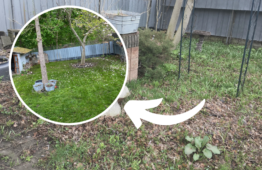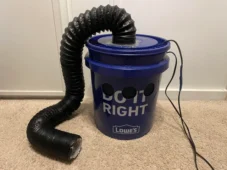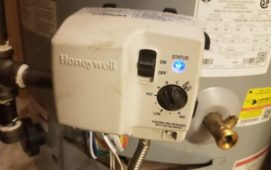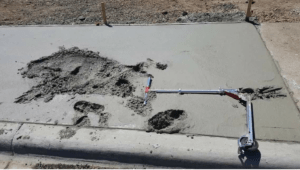How To Remove Tape Residue From Wood, Plastic, And More
Sticky tape residue can be a pesky problem, whether it’s leftover from a packaging label, duct tape, or masking tape. Fortunately, there are several effective methods to tackle this sticky situation without damaging the surface.
In this guide, we will explore various techniques for how to remove tape residue from different materials, including wood, plastic, metal, and more. By the end of this article, you’ll be equipped with the best tips and tricks to keep your surfaces clean and residue-free.
How to Remove Tape Residue from Wood
Using Cooking Oil
Cooking oil is a gentle and effective solution for removing tape residue from wooden surfaces. Simply apply a small amount of oil (such as olive oil or vegetable oil) to a clean cloth and rub over the sticky area. Allow the oil to sit for a few minutes to break down the adhesive before wiping it away with a clean, dry cloth.

Applying Heat
Heat can help soften the adhesive, making it easier to remove. Use a hairdryer on a low setting to gently warm the residue. Once the adhesive softens, use a plastic scraper or an old credit card to lift the residue off the wood. Be careful not to overheat or damage the wood surface.

Using Vinegar
White vinegar is another effective method for removing tape residue from wood. Dampen a cloth with vinegar and rub it over the sticky area. The acidity of the vinegar will help break down the adhesive, making it easier to wipe away. Follow up with a damp cloth to clean the area and remove any vinegar residue.
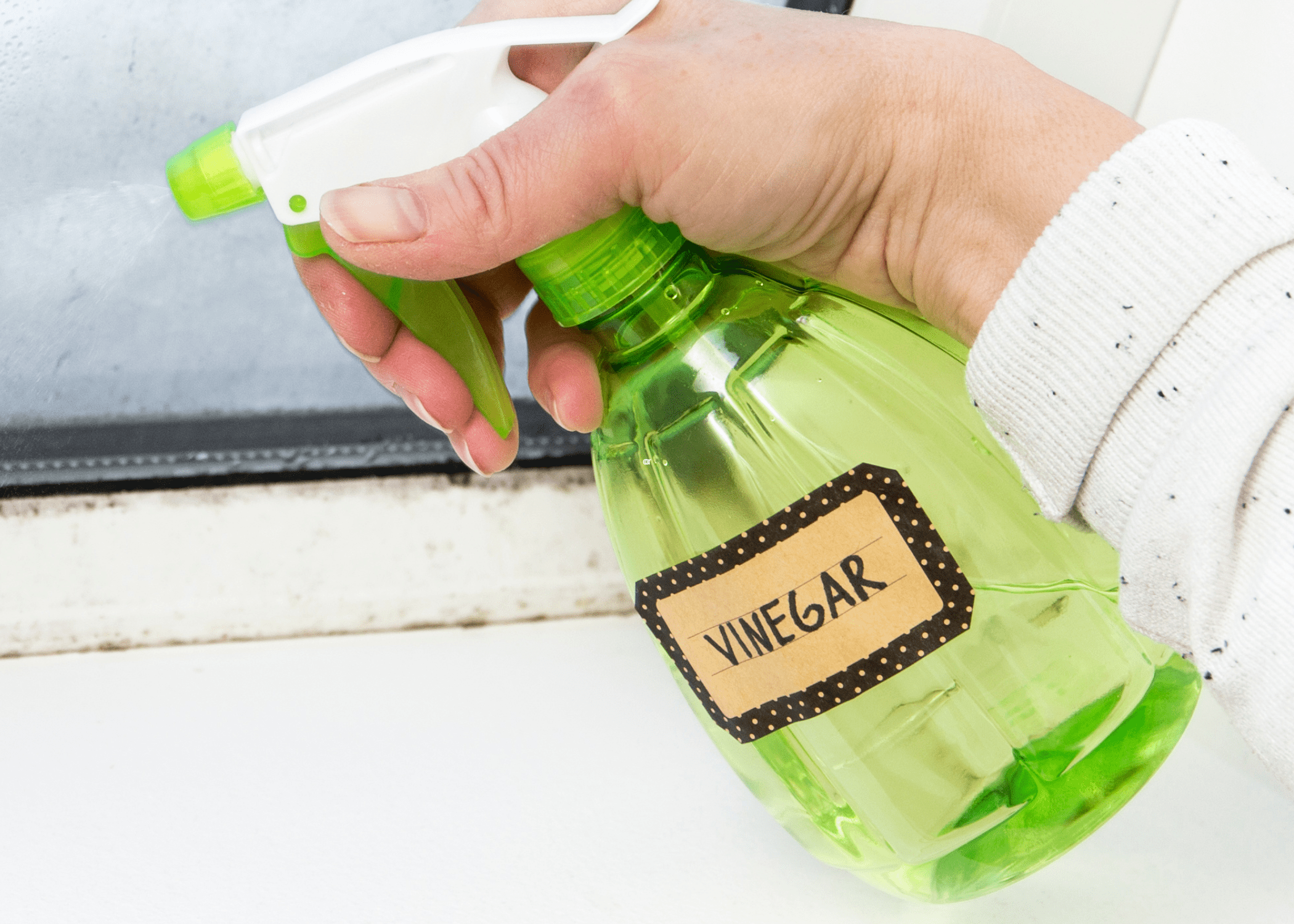
How to Remove Tape Residue from Plastic
Rubbing Alcohol
Rubbing alcohol is a powerful solvent that can dissolve adhesive residue on plastic surfaces. Dampen a cotton ball or cloth with rubbing alcohol and gently rub over the sticky area. The residue should start to lift off easily. Be sure to test a small, inconspicuous area first to ensure the alcohol does not damage or discolor the plastic.
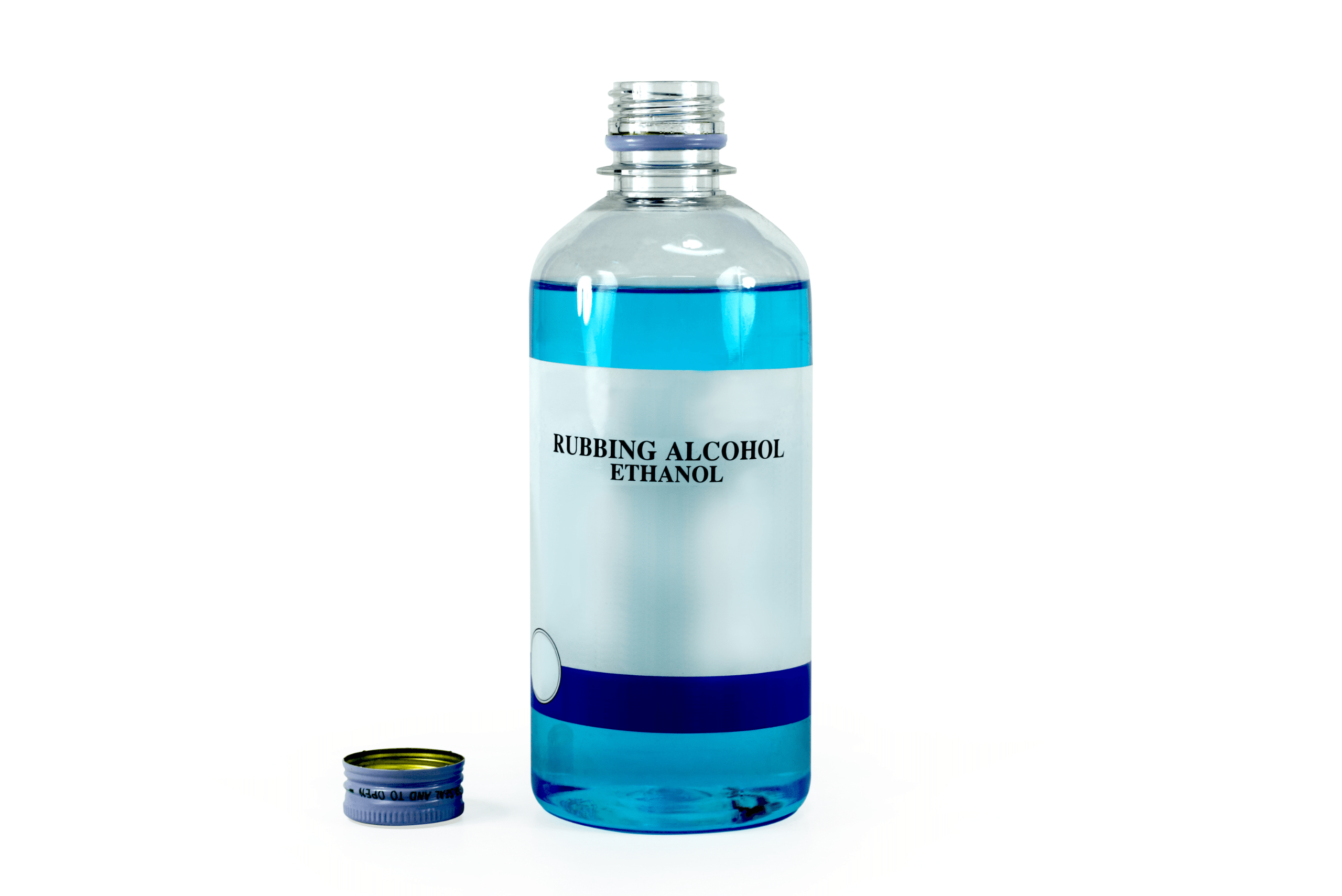
Goo Gone
Goo Gone is a commercial adhesive remover that works well on plastic surfaces. Apply a small amount of Goo Gone to the sticky area and let it sit for a few minutes. Use a cloth or a plastic scraper to remove the residue. Follow up with soap and water to clean the area and remove any remaining product.
Peanut Butter
Believe it or not, peanut butter can be an effective and natural way to remove tape residue from plastic. The oils in peanut butter help break down the adhesive. Apply a small amount of peanut butter to the residue and let it sit for a few minutes. Wipe away with a cloth and clean the area with soap and water.
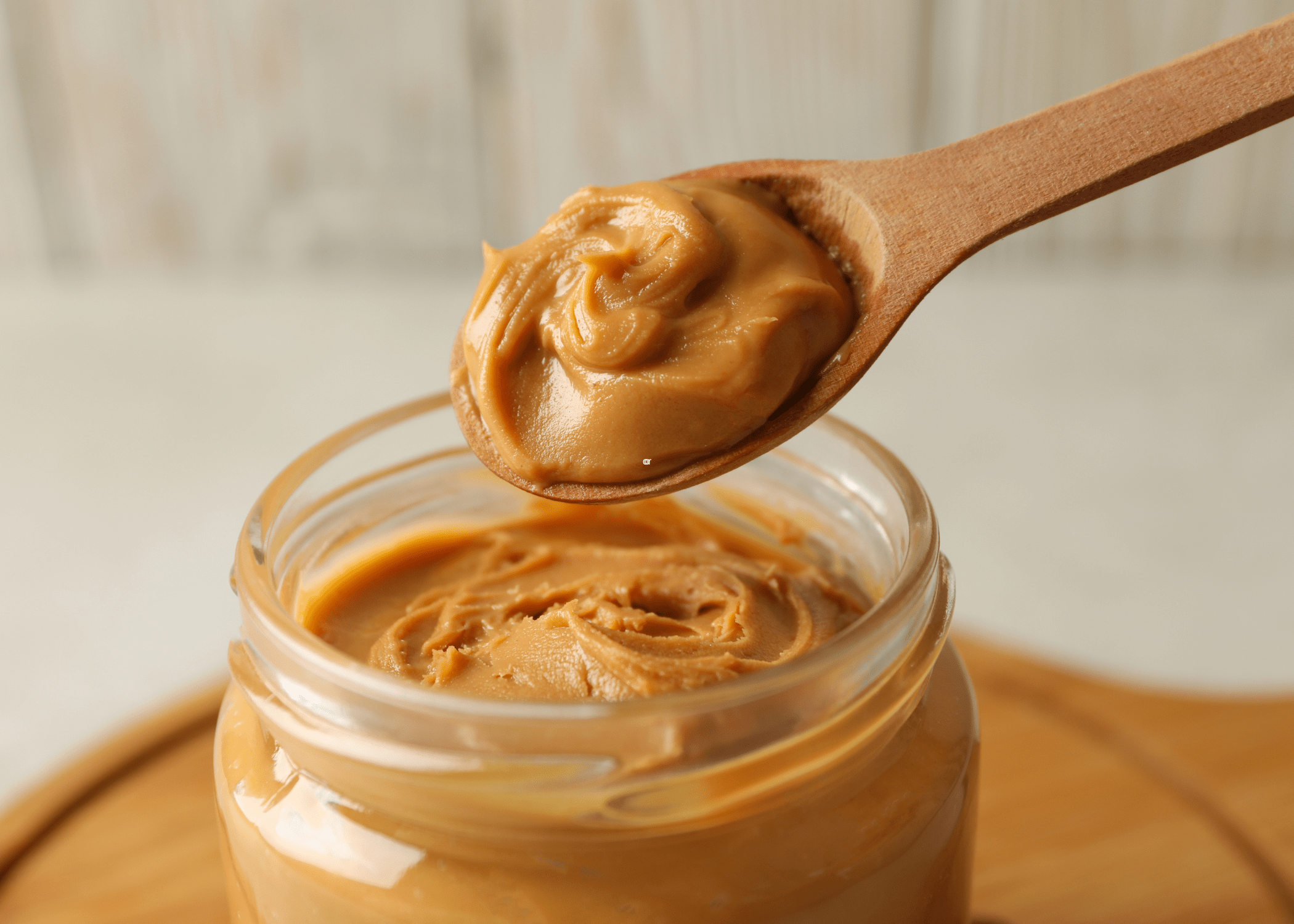
How to Remove Tape Residue from Metal
WD-40
WD-40 is a versatile product that can effectively remove tape residue from metal surfaces. Spray a small amount of WD-40 onto the sticky area and let it sit for a few minutes. Use a cloth to wipe away the residue. Follow up with soap and water to clean the area and remove any remaining WD-40.
Baking Soda and Water
Create a paste using baking soda and water, and apply it to the sticky area. Use a cloth or sponge to scrub the residue gently. The abrasive nature of baking soda helps to lift the adhesive without scratching the metal surface. Rinse with water and dry with a clean cloth.
Nail Polish Remover
Nail polish remover, which contains acetone, can effectively dissolve adhesive residue on metal surfaces. Dampen a cloth with nail polish remover and gently rub over the sticky area. Be sure to test a small, inconspicuous area first to ensure the acetone does not damage the metal finish. Afterward, clean the area with soap and water.
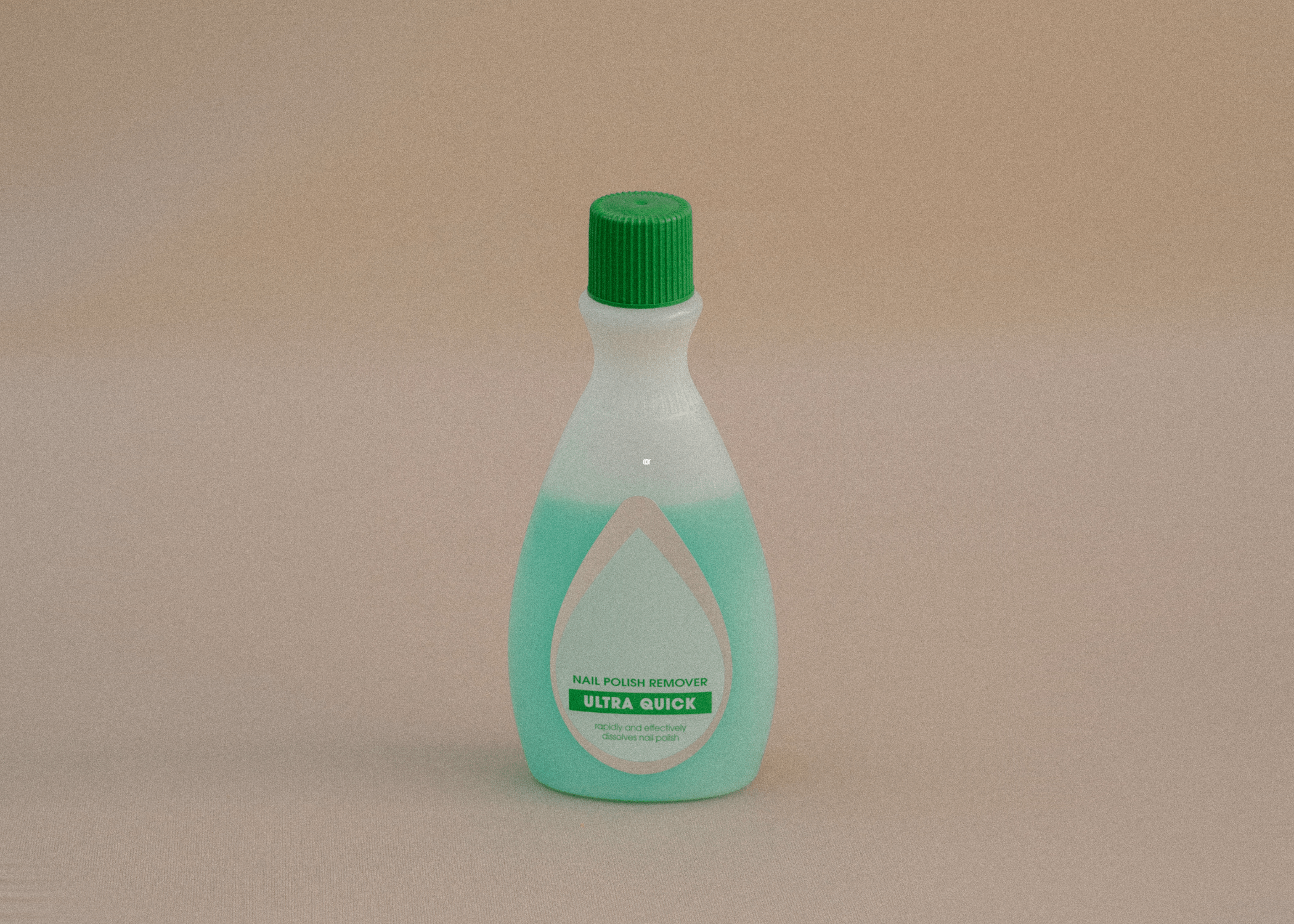
How to Remove Tape Residue from Glass
Vinegar and Baking Soda
Create a paste using vinegar and baking soda, and apply it to the sticky area. Let it sit for a few minutes before scrubbing it with a cloth or sponge. The combination of vinegar and baking soda helps to break down the adhesive. Rinse with water and dry with a clean cloth.
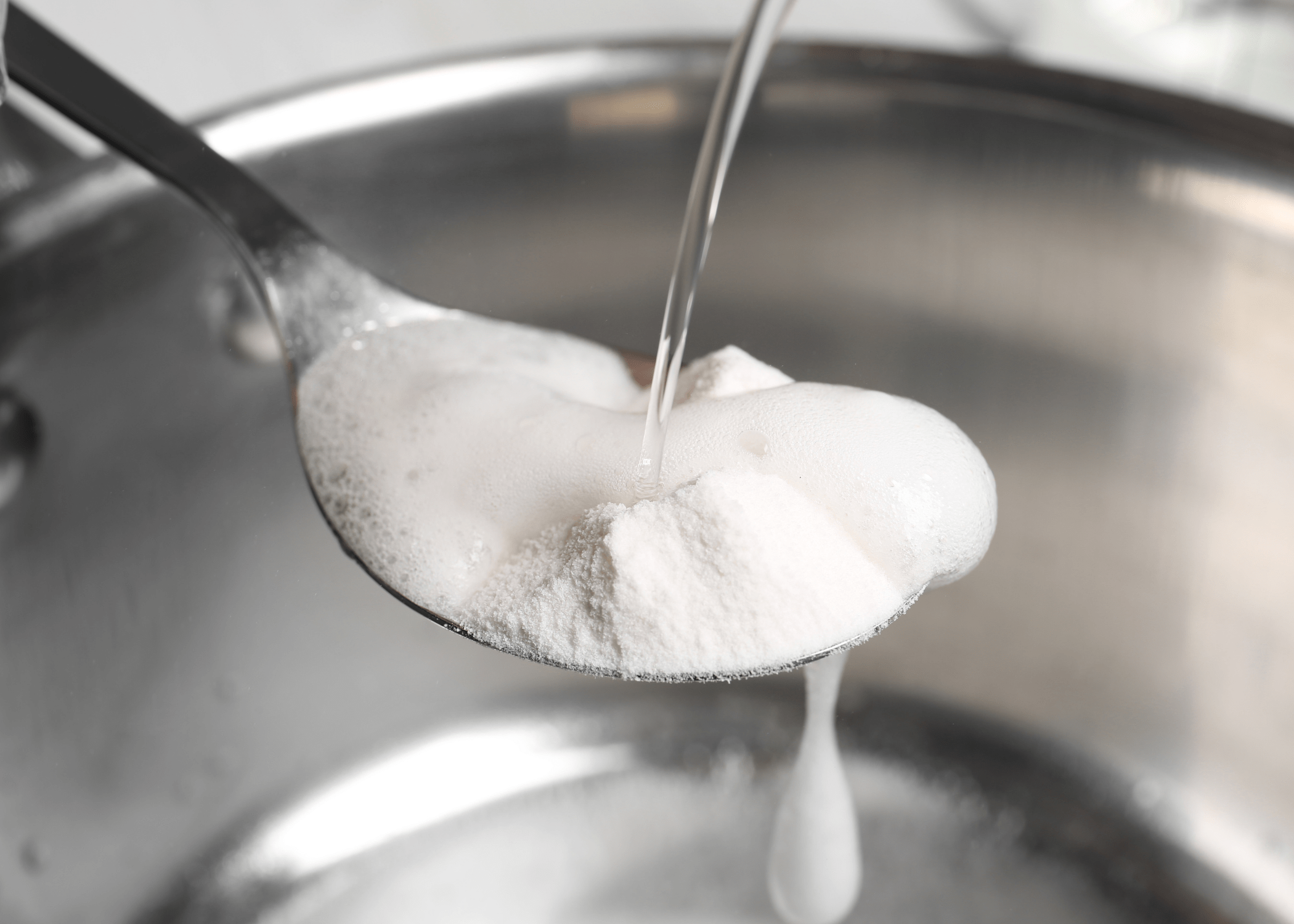
Soapy Water
A simple solution of soapy water can often remove tape residue from glass. Dampen a cloth with warm, soapy water and rub over the sticky area. If necessary, use a plastic scraper to lift the residue. Rinse with clean water and dry with a clean cloth.
Razor Blade
A razor blade can be used with caution for stubborn residue on glass. Hold the blade at a low angle and gently scrape the adhesive off the glass, being careful not to scratch the surface. Then, clean the area with soapy water.
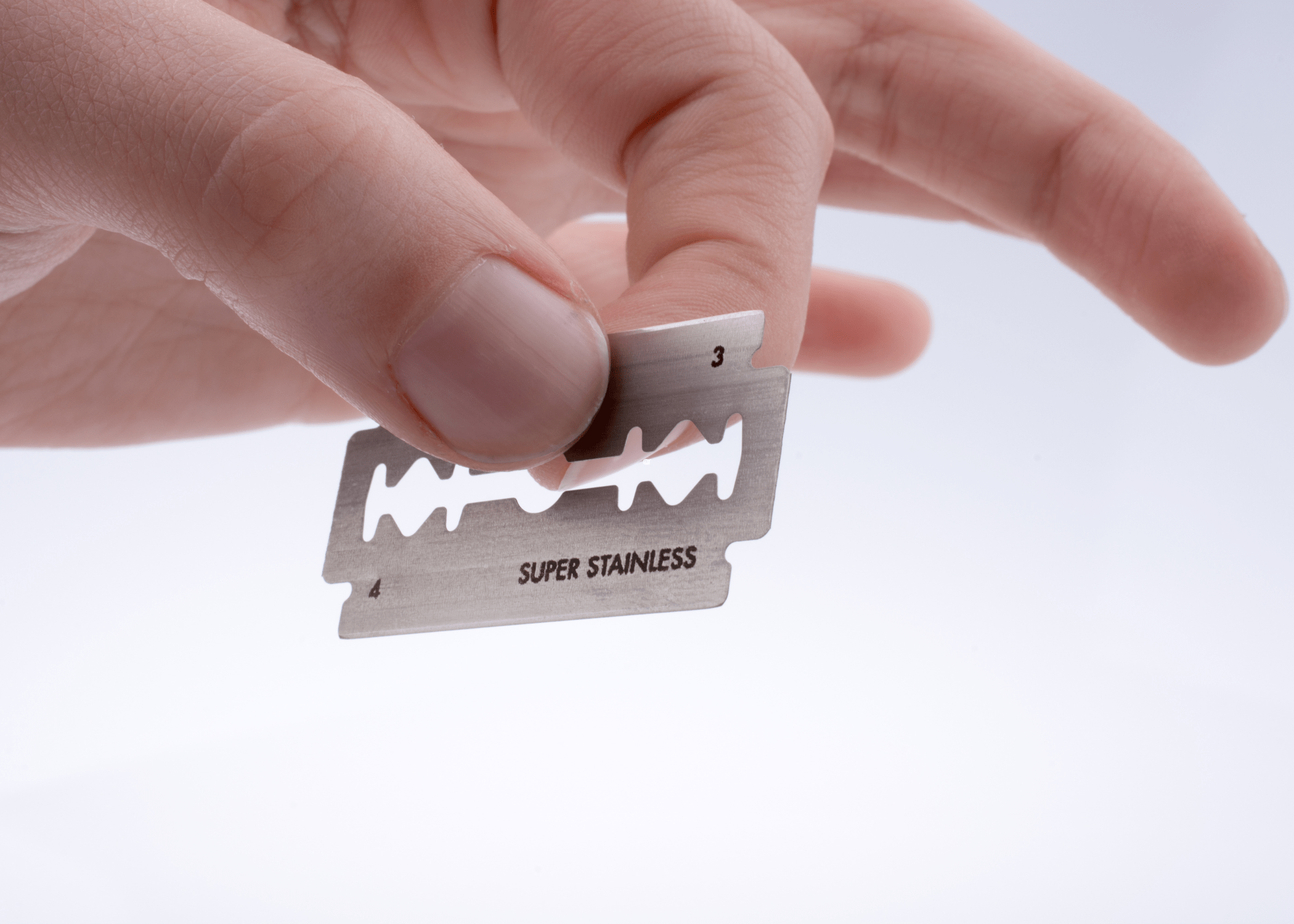
How to Remove Tape Residue from Fabric
Rubbing Alcohol
Rubbing alcohol can also be effective on fabric. Dampen a cloth with rubbing alcohol and gently dab the sticky area. Be sure to test a small, inconspicuous area first to ensure the alcohol does not damage the fabric. Wash the fabric as usual after the residue is removed.
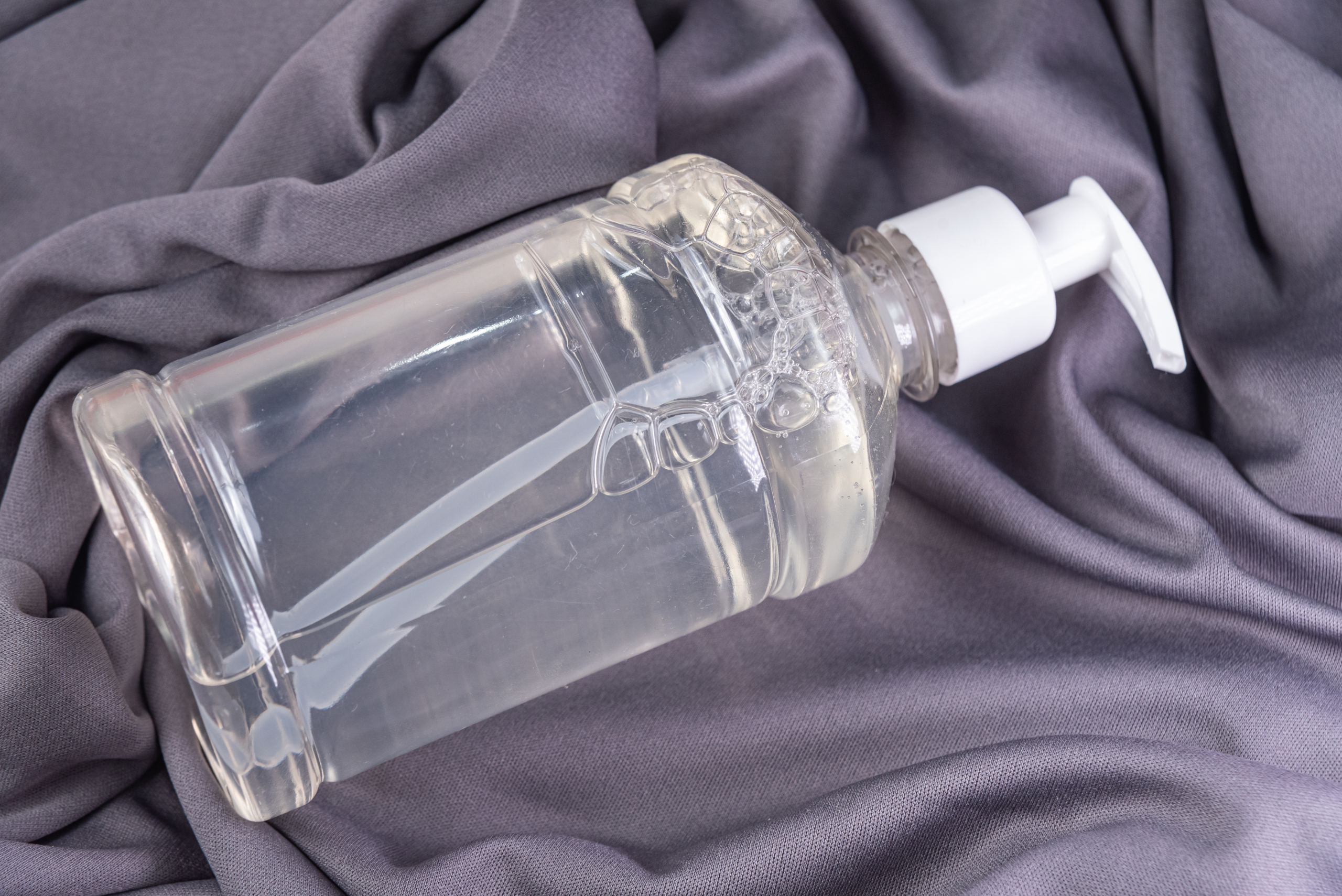
Freezing
For fabric items, freezing can help make tape residue easier to remove. Place the fabric in the freezer for a few hours to harden the adhesive. Once the residue is hard, use a blunt object (such as a spoon) to scrape off the adhesive. Wash the fabric as usual to remove any remaining residue.
Dish Soap and Water
Mix dish soap with warm water and apply it to the sticky area using a cloth or sponge. Gently scrub the residue until it lifts off. Rinse with clean water and allow the fabric to air dry.
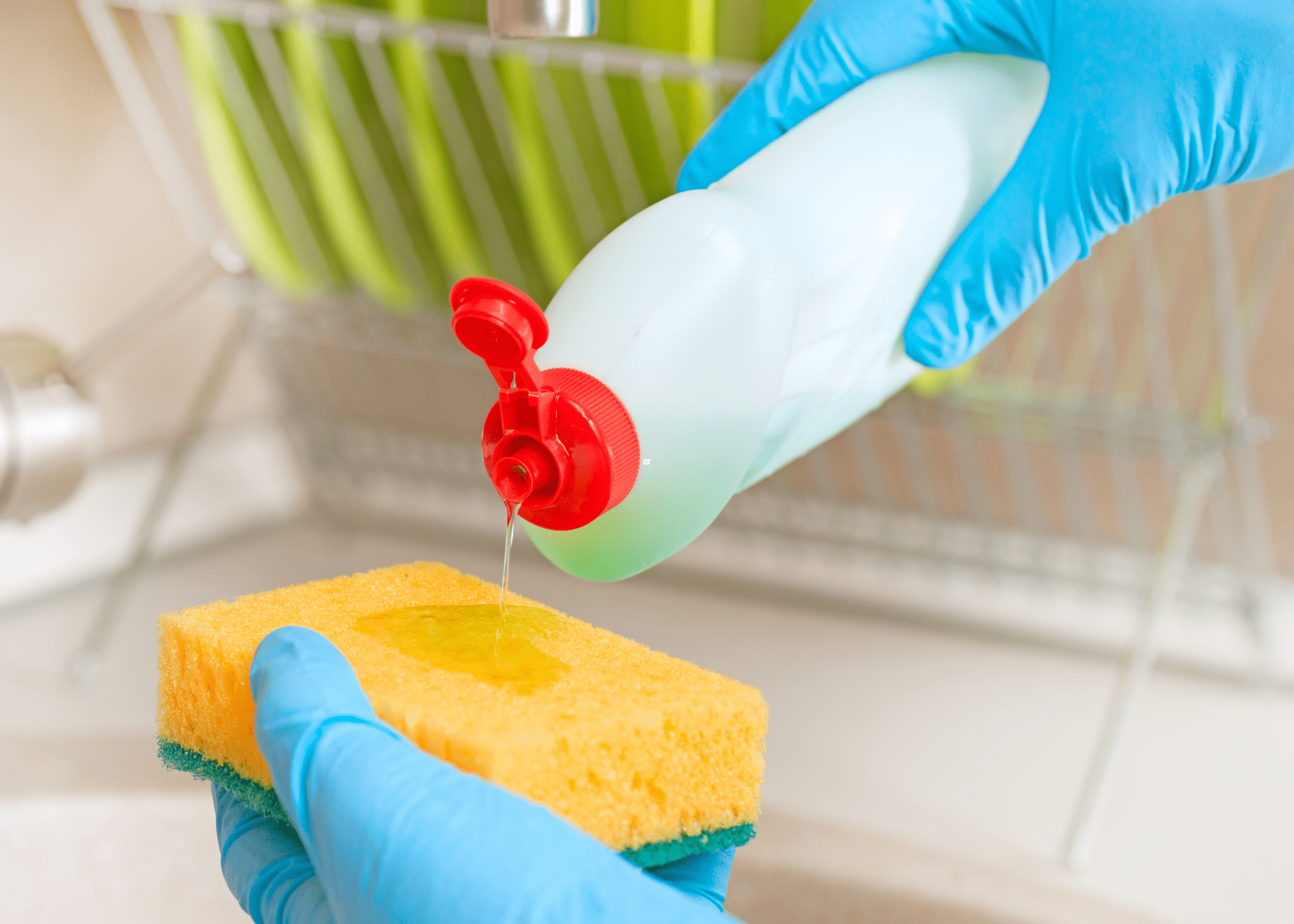
With these helpful tips for how to remove tape residue from just about any material, you will have no problem keeping your things clean and free from sticky residue. Don’t shy away from tackling simple DIY tasks, and embrace the challenge of trying new projects that will help you take your skills to the next level.
Related Articles
- How to Clean Gutters Without a Ladder – Quick and Easy
- How to Clean a Glass Top Stove: Complete Guide
- How to Clean Patio Furniture To Enjoy Ultimate Outdoor Comfort
Ready to start your next project? Join our DIY community to receive tool tips, how-to guides, and exclusive creative insights. Subscribe to the ManMadeDIY newsletter now!
Frequently Asked Questions (FAQs)
How do I remove tape residue from painted walls?
To remove tape residue from painted walls, use a solution of warm, soapy water and a soft cloth. Gently rub the sticky area without scrubbing too hard to avoid damaging the paint. If needed, you can use a small amount of rubbing alcohol, but be sure to test it on an inconspicuous area first.
Can I use vinegar to remove tape residue from all surfaces?
Vinegar is a versatile and effective adhesive remover for many surfaces, but it may not be suitable for all materials. Always test a small, inconspicuous area first to ensure it does not damage or discolor the surface.
What is the safest method for removing tape residue from electronics?
For electronics, use a small amount of rubbing alcohol on a cotton swab or cloth to remove tape residue gently. Be careful not to get any liquid inside the device.
How can I prevent tape residue from forming in the first place?
To prevent tape residue, use painter’s tape or other low-tack tapes that are designed to be easily removable. Additionally, avoid leaving tape on surfaces for extended periods.
Are there any commercial products specifically designed for removing tape residue?
Yes, several commercial products, such as Goo Gone and WD-40, are designed to remove adhesive residue. When used according to the manufacturer’s instructions, these products are effective and safe for various surfaces.
Can I use essential oils to remove tape residue?
Yes, certain essential oils, such as lemon or eucalyptus oil, can help break down adhesive residue. Apply a small amount to a cloth and rub over the sticky area. Test a small area first to ensure it does not damage the surface.
Is it safe to use a razor blade to remove tape residue from any surface?
Using a razor blade can be effective for removing tape residue from hard surfaces like glass or metal. However, it can easily scratch or damage other materials, so it should be used with caution and only on surfaces that can withstand it.



